Stretching fabric without distortion

Fabric is stretchy, and if you stretch it correctly, you won't distort it.
Let's take a look at a way to do just that quick and easy!
Get familiar with the fabric structure.
Start by looking at your fabric weaves (above), consisting of individual strands crossing one another at a 90 degree angle, going over and under each other forming an "unbreakable connection."

When you're about to put a piece of fabric inside an embroidery hoop, it's a good idea to pay attention to the positioning of those strands (weaves) because those will influence not only the ease of stitching, but also allow you to control the stretch when it comes to that.


Position the fabric the right way.
Here is the way I recommend you always position your fabric inside a hoop:
Horizontal weaves parallel to the hoop screw (photo above).
I'm going to come back to "why" in a moment. First, let's execute our next step, which is sandwiching our fabric in between the inner and outer hoops.

The best way to do it is by loosening our screw just a touch, placing it on top of the fabric, and gently pressing it down until it's in place.


When you do this, what you want is some difficulty when pressing down on the hoop. This "resistance" is crucial because it will stretch our fabric super evenly around the hoop without distorting the fabric, and introduce much needed tension at the same time.
If your outer hoop goes down way too easily, it will move the fabric inside it and introduce problems straight away. So make sure there is some resistance when you do this, and your fabric stays still.

Stretch.
Now that your fabric is in the right place, it's time to secure it a little more by tightening the screw half a turn or so.
Then we stretch.

Remember earlier I recommended you position the fabric inside the hoop so that the weaves are parallel and perpendicular to the hoop screw?
Here is why:
What we're gonna do now is stretch along the weaves of our fabric.
In fact, we're only going to stretch along the vertical weaves. Not both vertical and horizontal – just vertical; and certainly not diagonally.

When you stretch your fabric along the weaves (vertical or horizontal) you're simply introducing tension to those individual strands without actually stretching the fabric. This is exactly what you want to do.
Because when you start stretching your fabric diagonally, you're distorting it.

And if you're wondering why I'm advising on tensioning the vertical weaves only, the answer is simple.
There is no need to do both.
If you start stretching horizontal weaves after you've just stretched vertical, you'll notice that the vertical weaves will start moving towards the stretch turning into a wave instead of staying straight.
Tensioning both is just too difficult to execute perfectly, and if you test this trick, I'm sure you will find that stretching just one set of weaves will give you more than enough tension for the whole hoop.

Check out my previous blog posts to learn more about why a significant amount of tension inside your hoop matters, as well as how to achieve it with ease here.


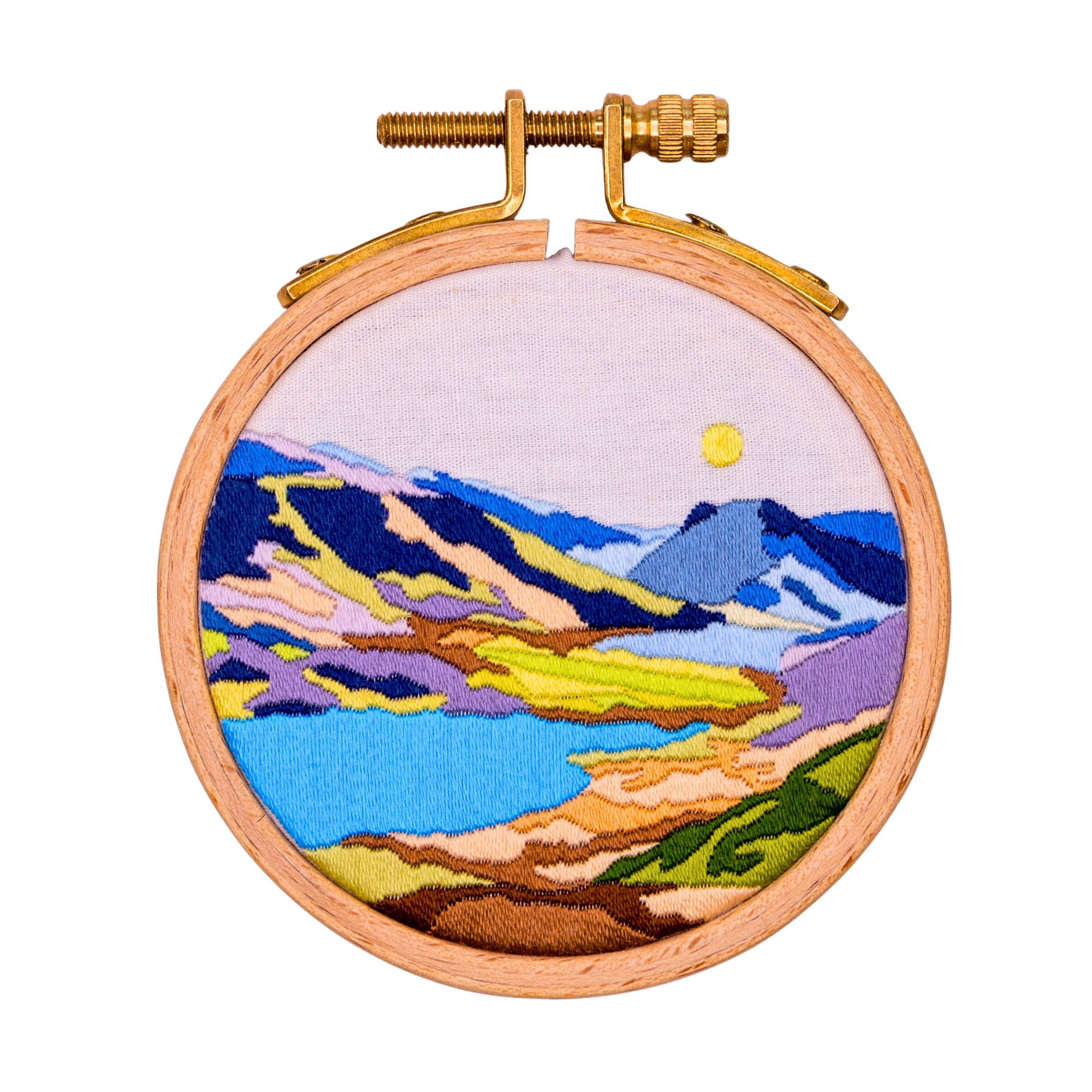
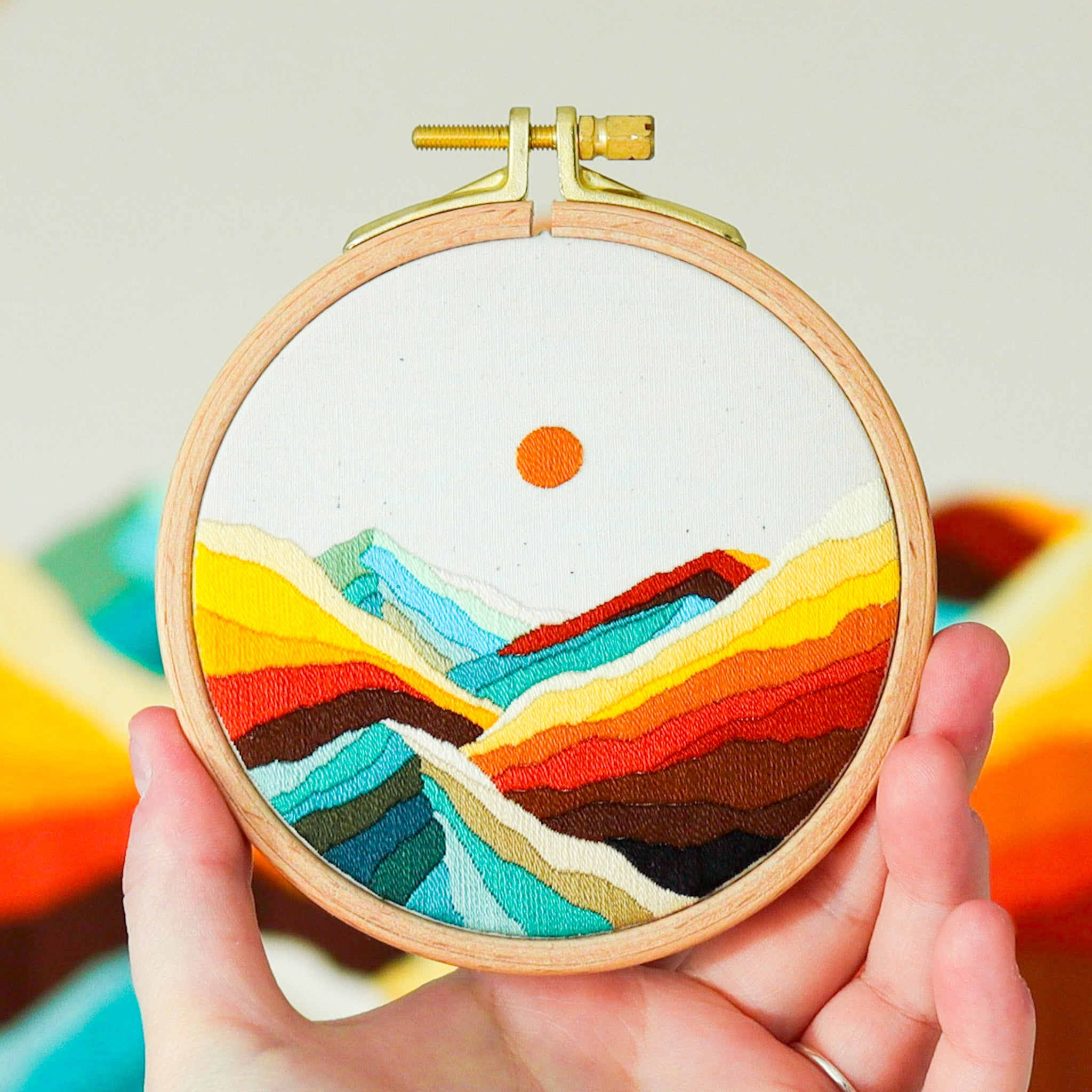
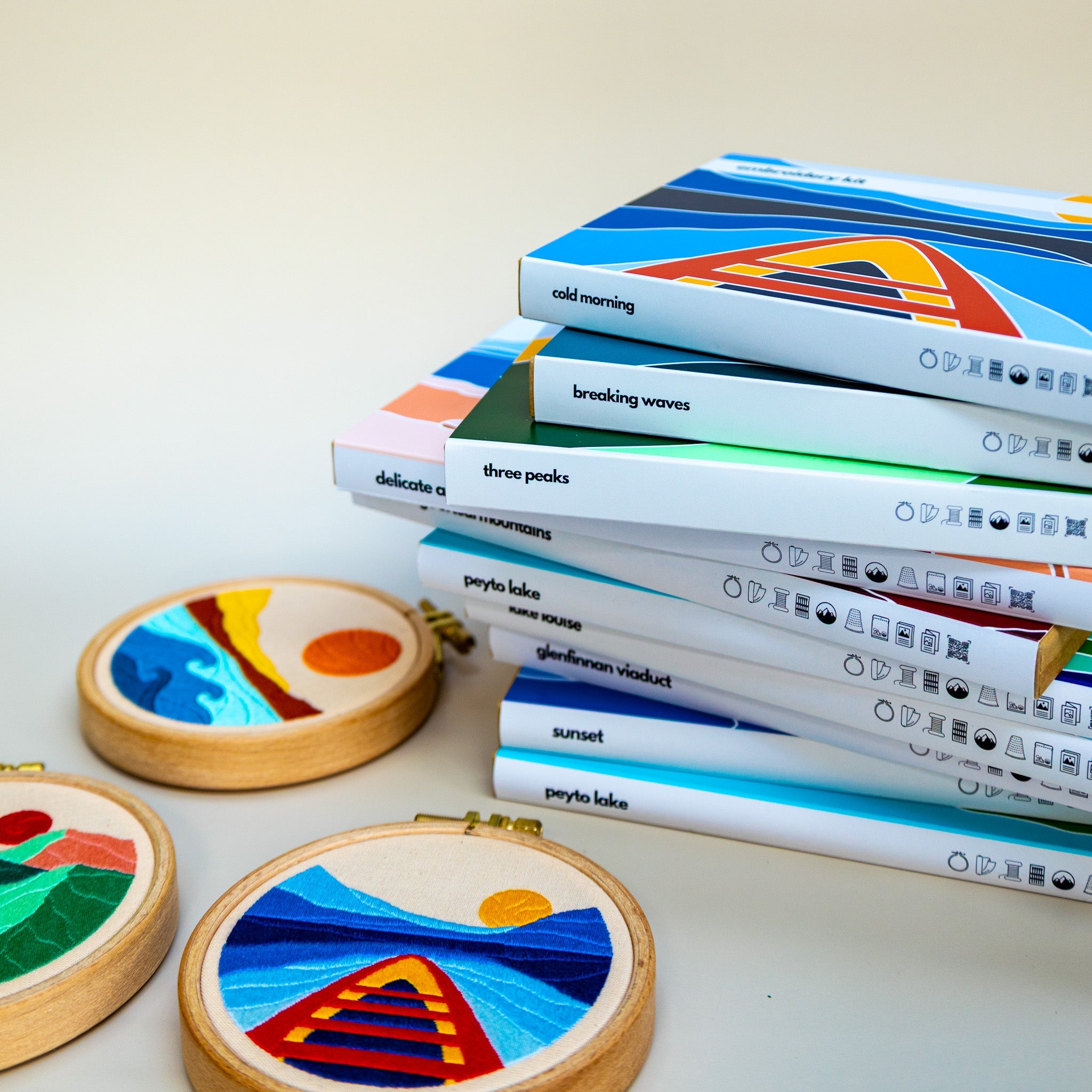
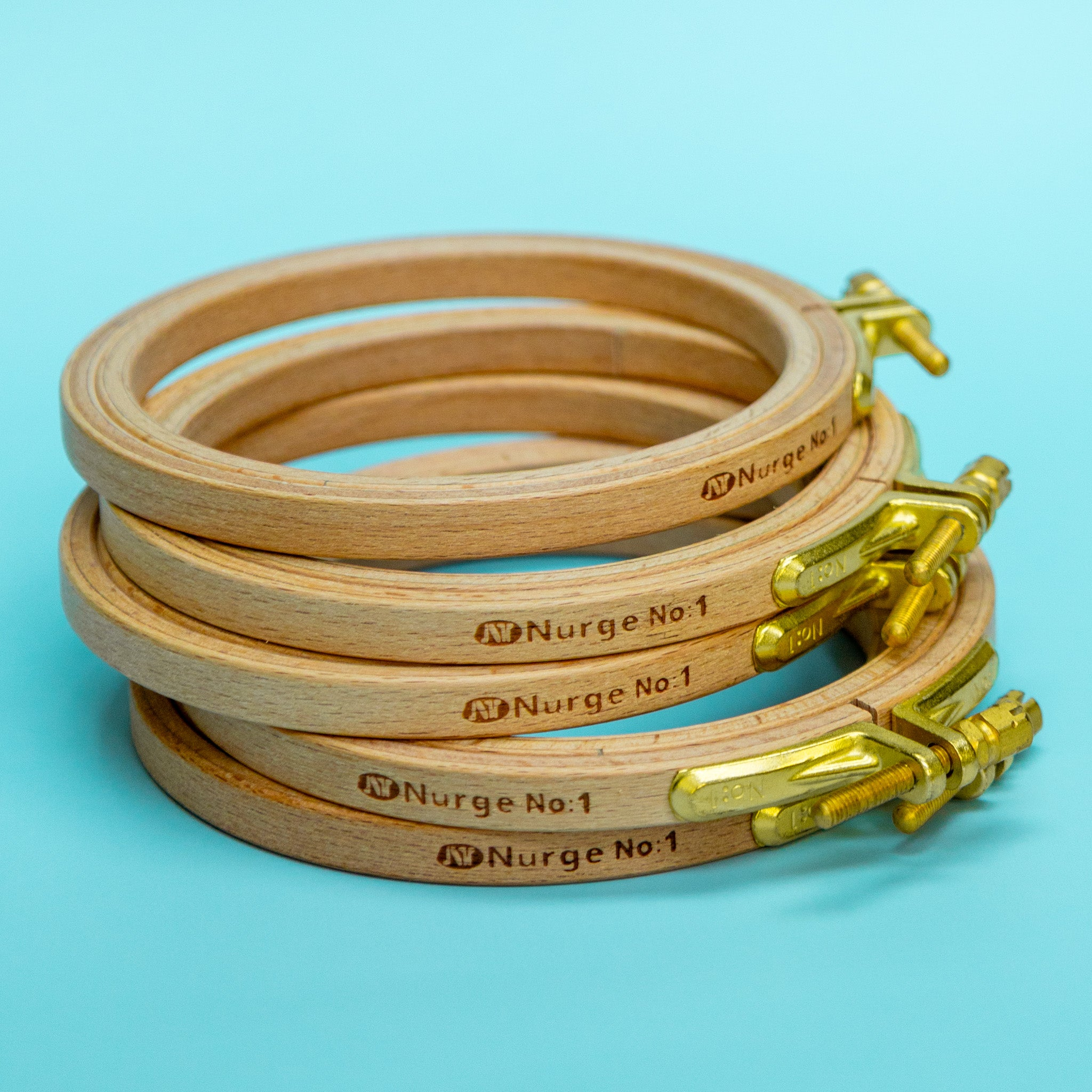
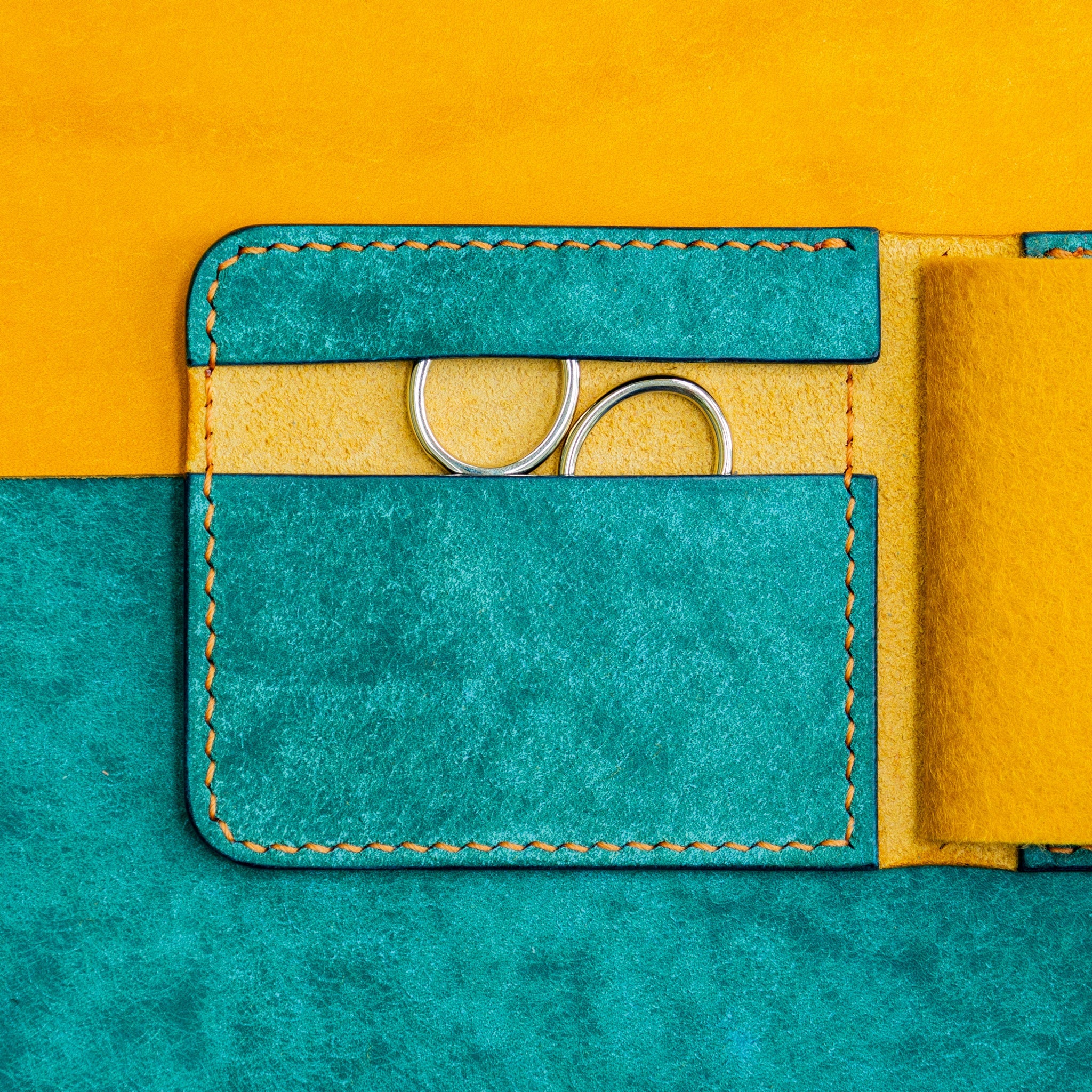
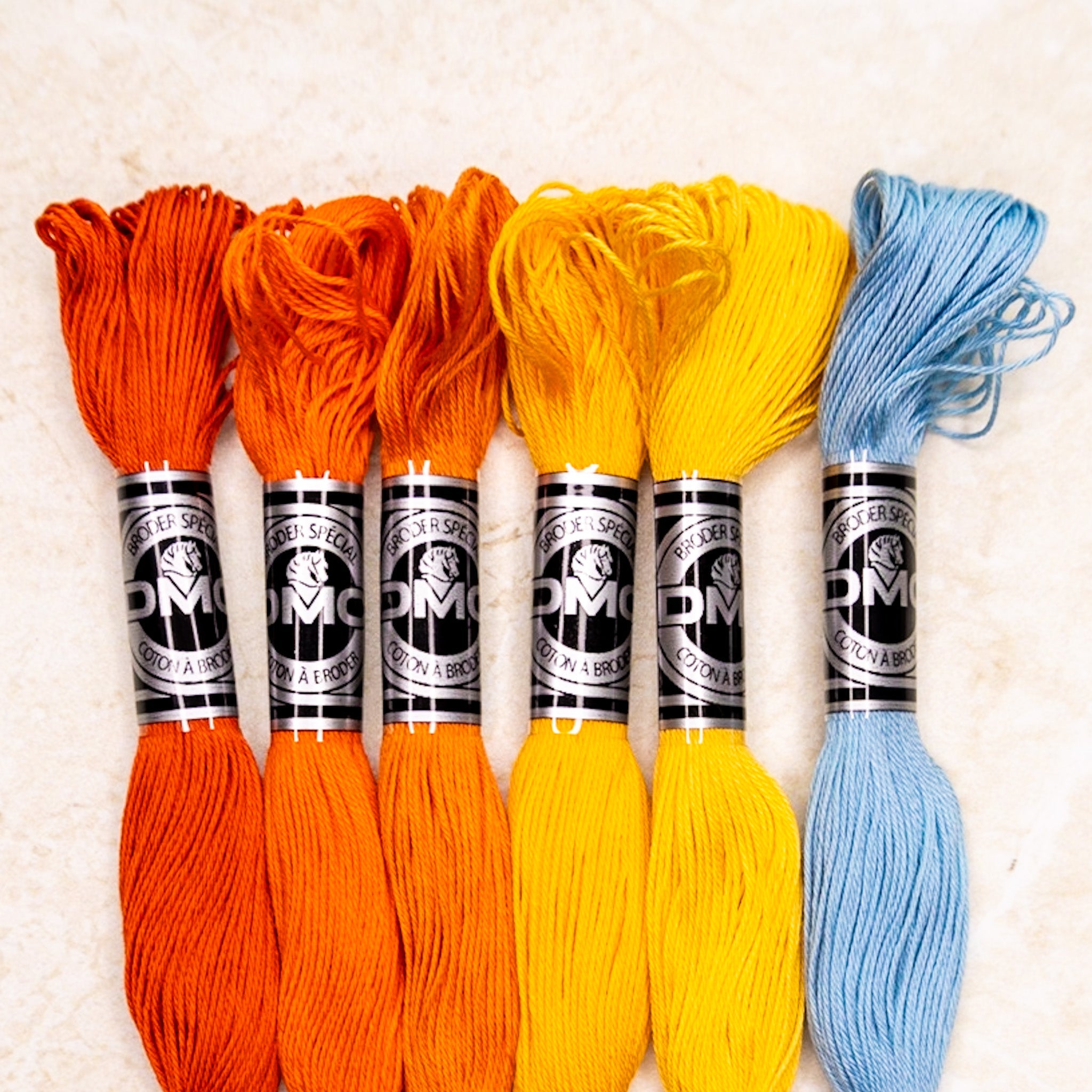
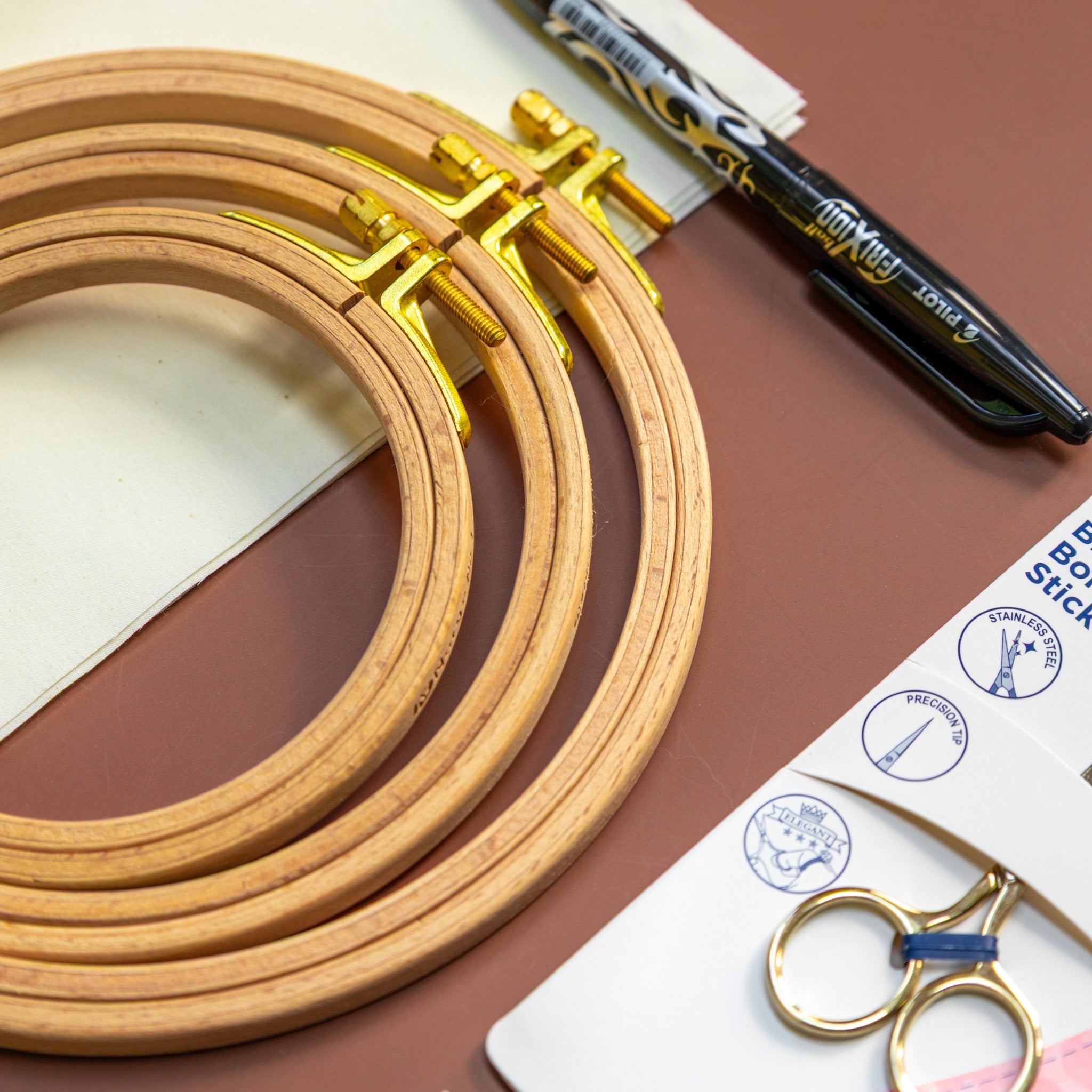
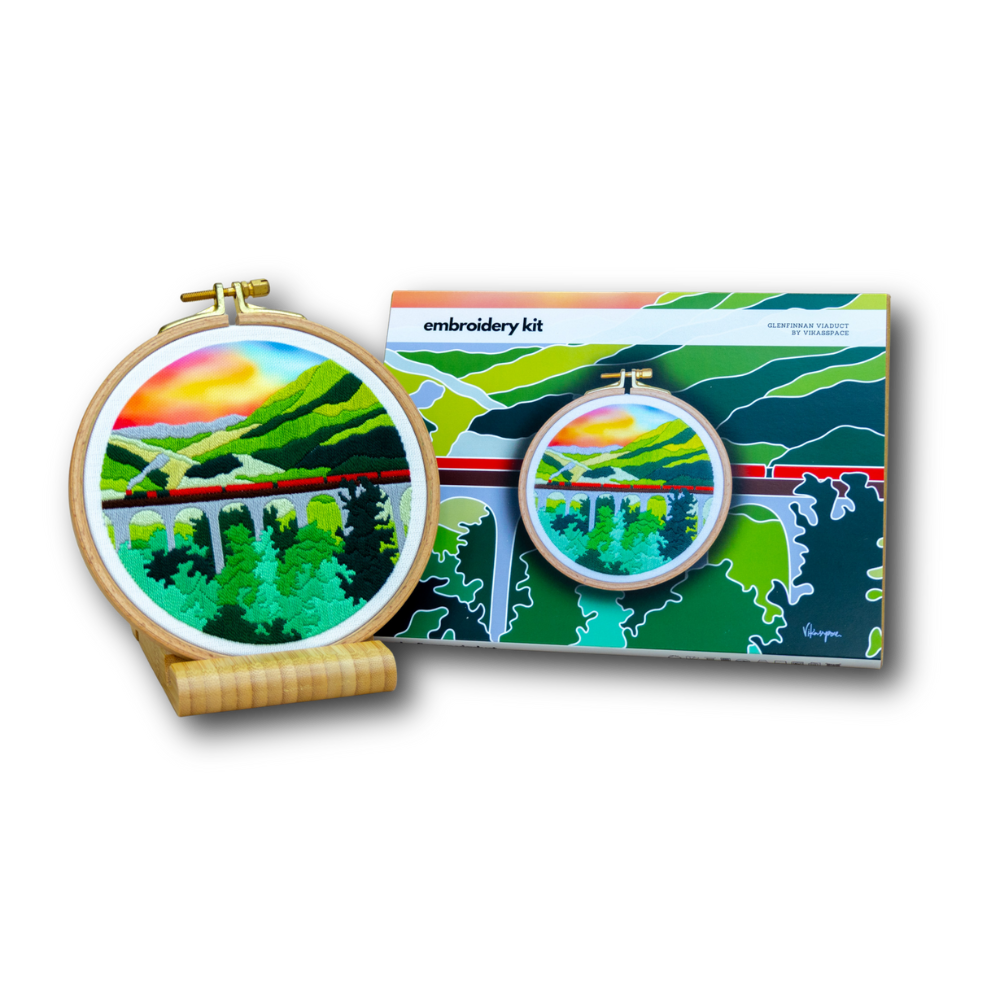

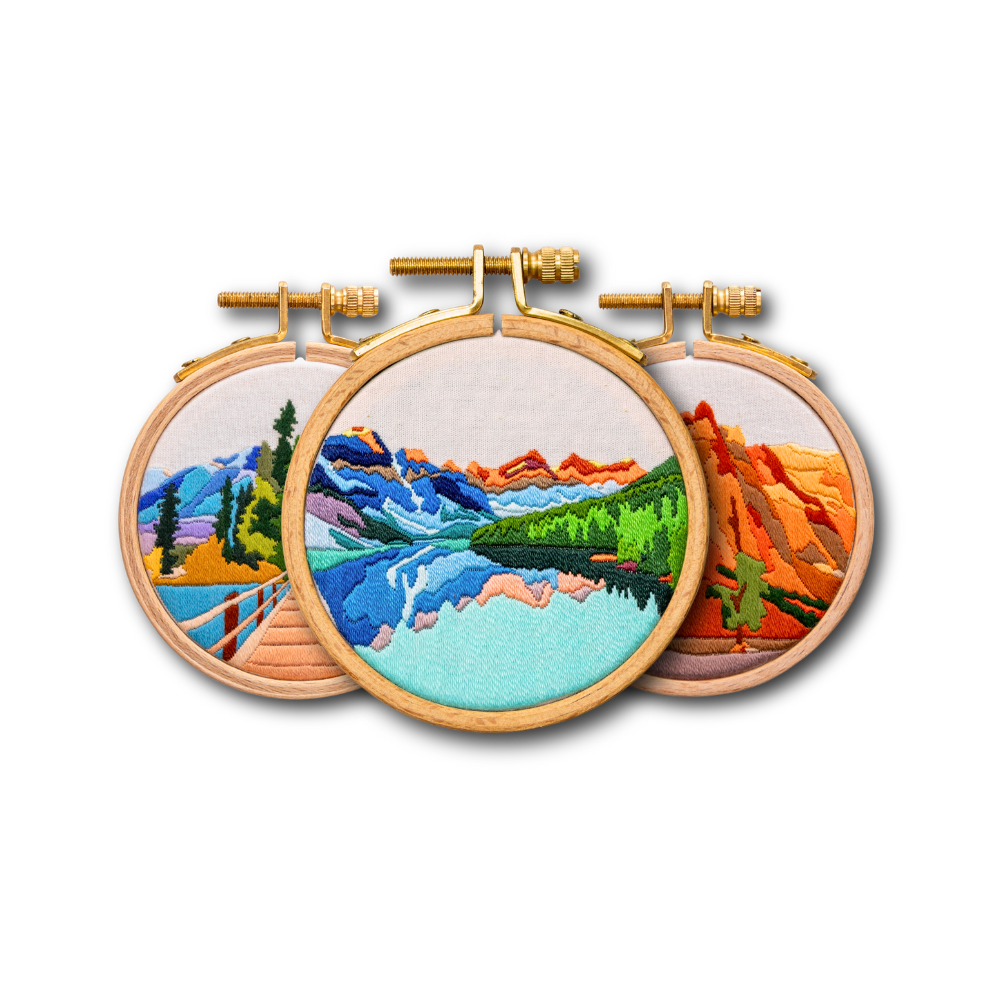
leave a comment